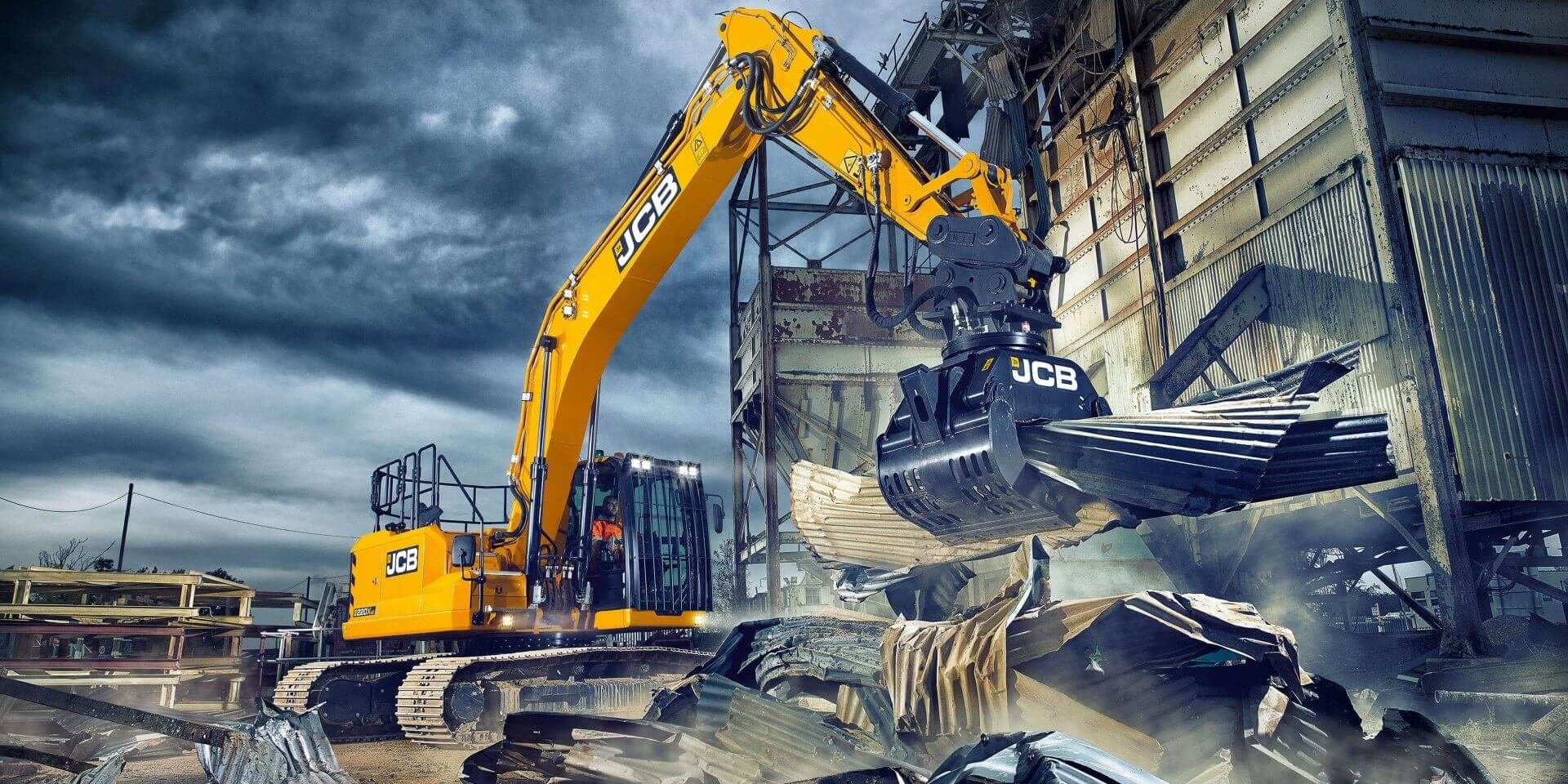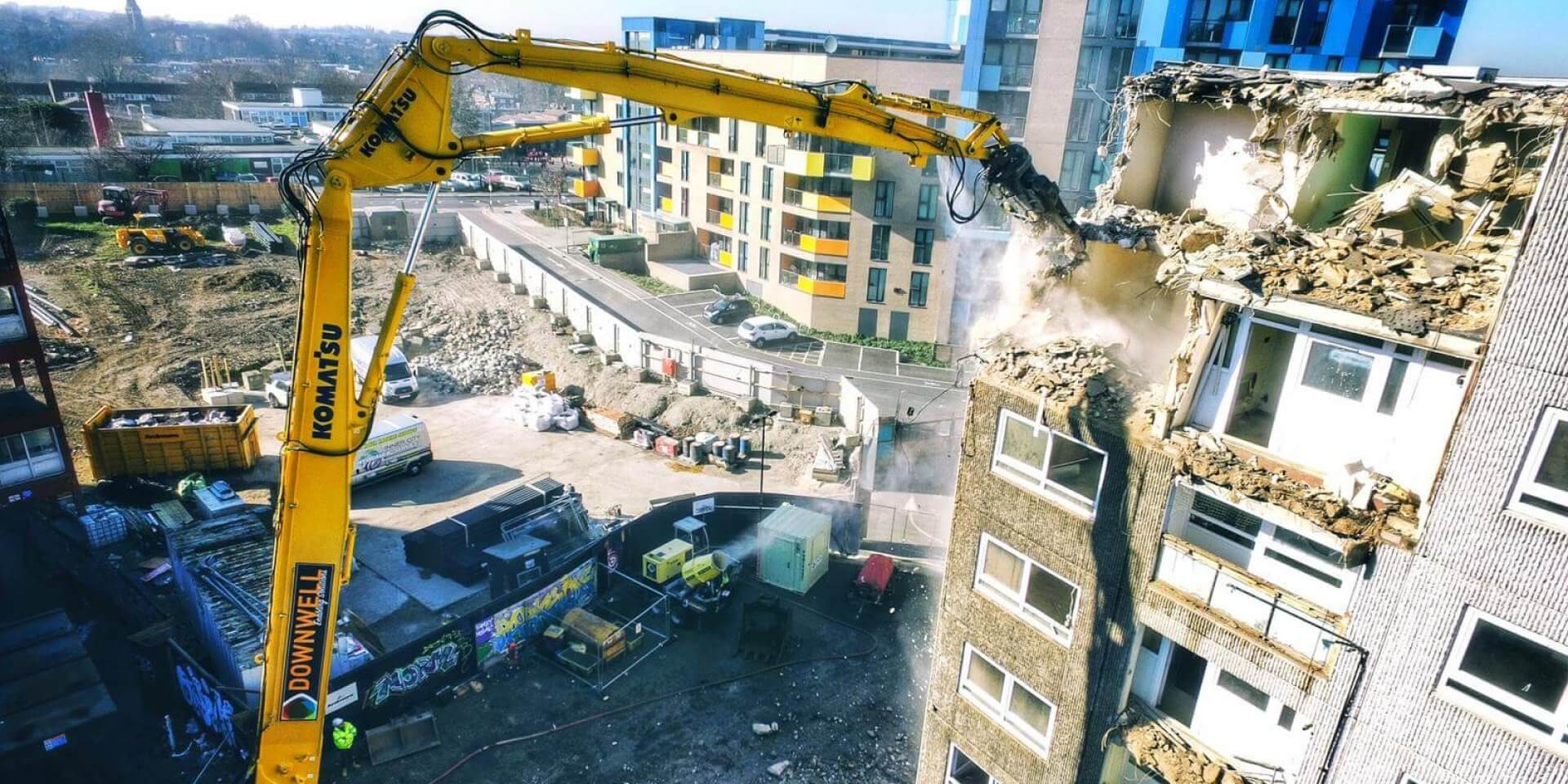
In the year 2000, a film starring Julia Roberts made an unlikely contaminant a household name. Erin Brockovich told the true story of a legal clerk who uncovered the poisoning of an entire California town’s water supply by a utility company using hexavalent chromium – Chromium VI. The film won plaudits and awards. The real company paid out hundreds of millions of dollars. And the public recoiled at the idea that a deadly, cancer-causing chemical could sit invisibly in drinking water for years, undisclosed and unaddressed.
And yet, a generation later, Chromium VI is still with us; this time not seeping into water, but swirling in the air on demolition sites across the globe. Its danger hasn’t changed. Only the form of exposure has.
And just like the residents of Hinkley, California, the workers breathing it in today often have no idea what’s happening to them.
In the mid-20th century, asbestos was praised as a wonder material; fireproof, durable, and seemingly essential. It wrapped our pipes, lined our buildings, and padded our ceilings. But it also lodged in lungs, turned healthy cells malignant, and left behind a legacy of death, grief and litigation that still reverberates through the construction and demolition industries.
We learned too late that what once protected us was quietly killing us.
A generation later, we may be repeating the same mistake. This time, the silent killer isn’t asbestos. It’s Hexavalent Chromium, also known as Chromium VI; a compound just as invisible, just as insidious, and seemingly just as easy to ignore.
Chromium VI is a toxic form of the metal chromium used widely in anti-corrosion paints, cement additives, stainless steel treatments, and industrial coatings. It’s found in countless structures built over the past century; bridges, ship hulls, refinery towers, and residential buildings alike. When these structures are demolished, Chromium VI can be released into the air as fine dust or toxic fumes, particularly when materials are cut, crushed, or pulverised.
To the naked eye, it looks like any other demolition dust. But when inhaled, it’s a potent carcinogen. The International Agency for Research on Cancer classifies Chromium VI as a Group 1 carcinogen. Exposure is linked to lung cancer, nasal and sinus cancers, kidney and liver damage, and severe skin conditions including ulceration and allergic dermatitis.
The worst part? As with asbestos exposure, it can take years, even decades, for symptoms to emerge, by which time the damage is often irreversible.
The parallels with asbestos are hard to ignore. Like asbestos, the dangers of Chromium VI were documented early. Scientific studies have warned of its toxicity since the 1950s. And as with asbestos, those early warnings were met with obfuscation, denial, and a general unwillingness to confront the cost of industrial progress.
In the case of asbestos, the human toll became undeniable by the 1980s, leading to widespread bans and regulation. But not before hundreds of thousands had already been exposed. Many workers who were simply doing their jobs found themselves diagnosed with mesothelioma, a disease with no cure and only one known cause: asbestos.
The warning signs are flashing again. But are we paying attention?
The longer we delay, the more people are needlessly exposed. And just like with asbestos, the full consequences may not appear until decades later; when lung cancers begin to cluster, when young workers age into patients, when families start asking why no one warned them.
By then, the cost will be measured in lives, lawsuits, and public health crises.
We are standing at the same crossroads we faced with asbestos. The science is clear. The risk is real. And the moral question is simple: Will we protect workers now, or mourn them later?
The story of asbestos is one of tragedy compounded by inaction. We ignored early warnings, suppressed evidence, and told ourselves it wasn’t urgent, until it was. Today, we find ourselves facing the same kind of danger. Chromium VI is already in the air, already in the dust, already in workers’ lungs.
We don’t have to wait for the funerals. We can break the cycle. Because history doesn’t just repeat itself. Sometimes, it offers a second chance.
This article was inspired by a lecture given by chromate expert Markus Sommer of Kavarmat during the European Demolition Association convention 2025 in Venice.





